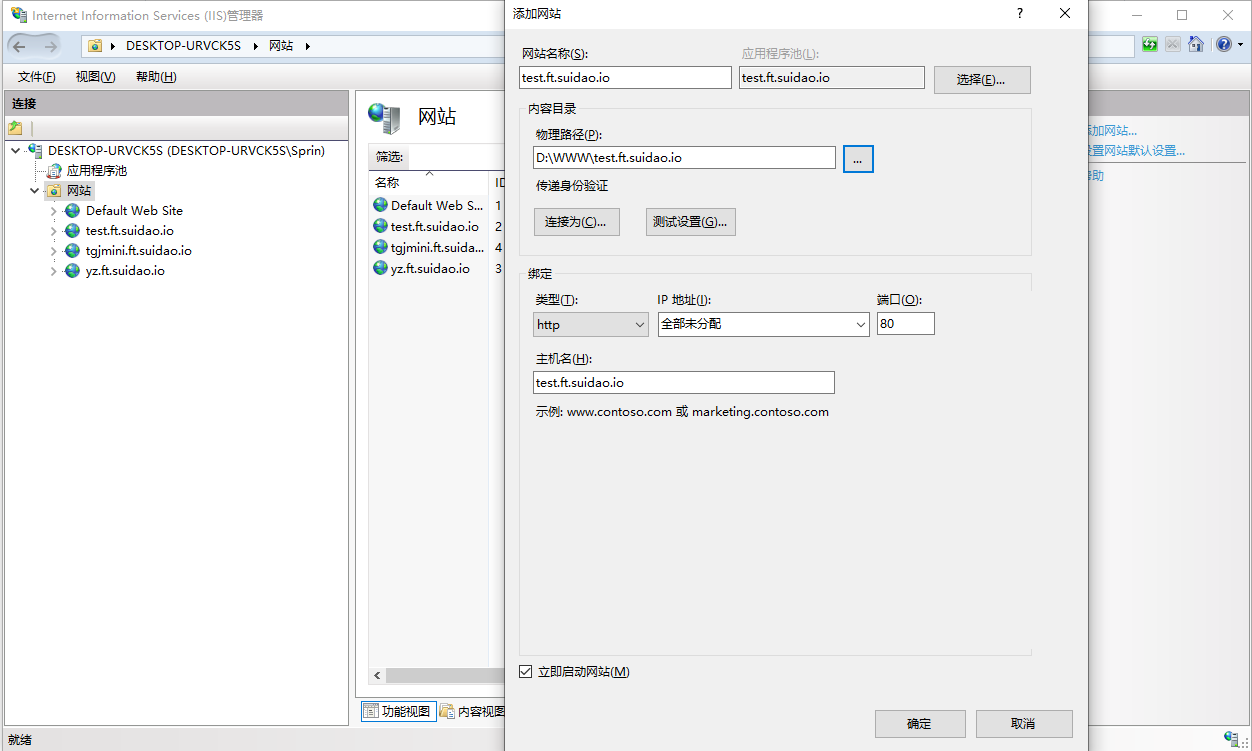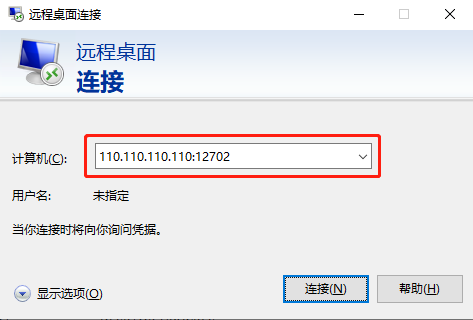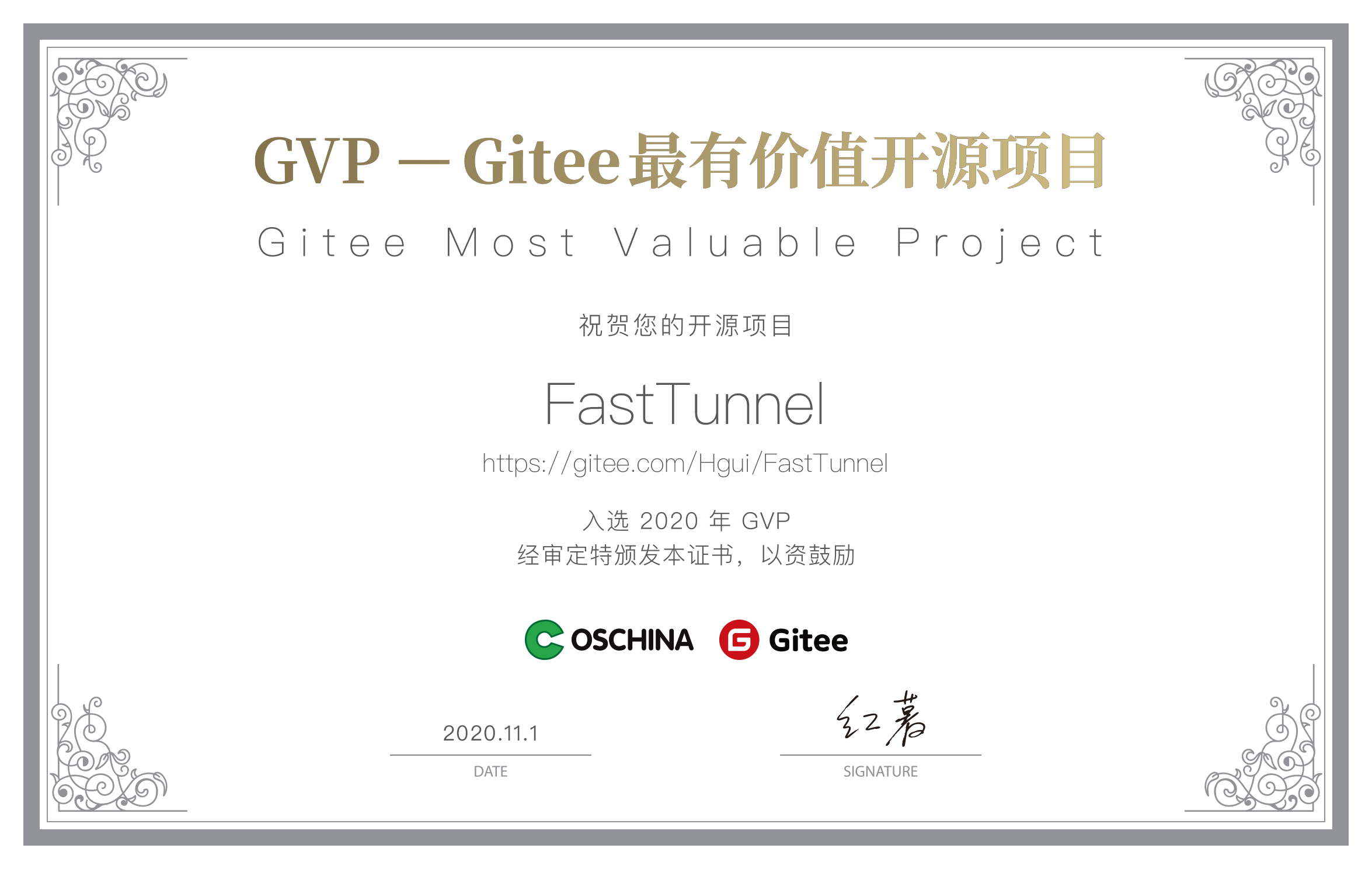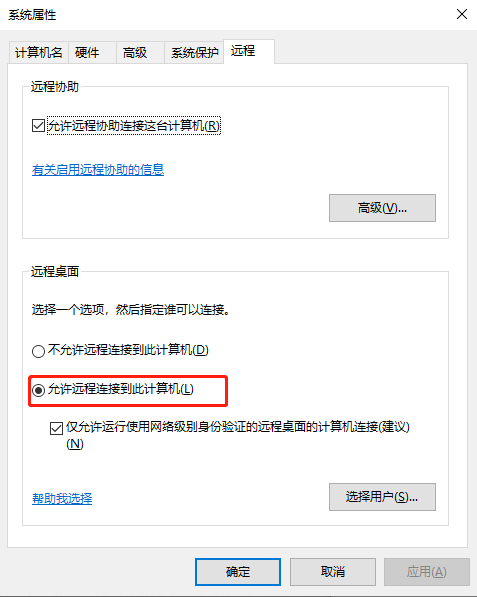
This project supports any commercial and secondary development activities, but seriously despises plagiarizing and copying the code, implementation scheme or architecture of this project and repackaging them into their own open source works.
- FastTunnel is a high-performance cross-platform intranet penetration tool. With it, you can expose intranet services to the public network for yourself or anyone to access.
- Unlike other penetration tools, the FastTunnel project is committed to creating an easy-to-extensible and easy-to-maintain intranet penetration framework.
- You can build your own penetration application by referencing the nuget package of
FastTunnel.Core, and target the business extension functions you need.
Official website : https://suidao.io
The penetration platform developed based on this framework, if you need intranet penetration, you can register and use it directly, eliminating the cost of building and maintaining yourself. But do not use this service for important items.
OpenSource:
GitHub : FastTunnel
Gitee: FastTunnel
If helpful, click on ⭐Star to support this project, please submit an issue if you have needs and bugs, and welcome coder to PR
- Remote intranet computer Windows/Linux/Mac
- Use a custom domain name to access intranet web services (usually used for WeChat development)
- Port forwarding/port mapping, access services provided by any port on the intranet mysql, redis, ftp, etc.
- p2p penetration
- Support binding multiple domain names to access intranet services
- Support domain name whitelist restriction
- Support client identity verification
- Download the corresponding program on the releases page
- Modify the client and server configuration files according to your needs
appsettings.json - Run FastTunnel.Server
- Run FastTunnel.Cient
Configuration files and log files are mounted through volume. If this image has been run before, docker may not update to the latest image. Please delete the existing image manually, and then execute the following command
docker run --detach \
--publish 1270:1270 --publish 1271:1271 \
--name FastTunnel \
--restart always \
--volume /var/FastTunnel/config:/app/config \
--volume /var/FastTunnel/Logs:/app/Logs \
springhgui/fasttunnel:latest
Double click directly FastTunnel.Client.exe to run
chmod +x FastTunnel.Client
./FastTunnel.Client
click directly FastTunnel.Client to run
-
For example, you have a server with a public IP address of
110.110.110.110, and you have a domain name with a top-level domain name ofabc.com, you want to visit a website on the intranet by visitingtest.abc.com -
You need to add a DNS resolution for the domain name address, the type is
A, the name is*, and the ipv4 address is110.110.110.110, so that all domain names of*.abc.comwill point to110.110.110.110’s server, because the default http port ofFastTunnelis 1270, so you need to visithttp://test.abc.com:1270
http {
# add resolver
resolver 8.8.8.8;
# set *.abc.com to 1270 port
server {
server_name *.abc.com;
location / {
proxy_pass http://$host:1270;
proxy_set_header Host $host;
proxy_set_header X-Real-IP $remote_addr;
proxy_set_header X-Forwarded-For $proxy_add_x_forwarded_for;
}
# 可选
error_log /var/log/nginx/error_ft.log error;
}
}
- If the domain name configured on the server is
ft.suidao.io, then access the local site through the subdomain nametest.ft.suidao.io:1270, the IIS configuration is as follows:
The client configuration is as follows, there are two hosts in the intranet, and the ip is as follows: appsettings.json
"ClientSettings": {
"Common": {
"ServerAddr": "xxx.xxx.xxx.xxx",
"ServerPort": 1271
},
"SSH": [
{
"LocalIp": "192.168.0.100", // linux pc
"LocalPort": 22, // ssh default port
"RemotePort": 12701
},
{
"LocalIp": "192.168.0.101", // windows pc
"LocalPort": 3389, // windows default port for Remote
"RemotePort": 12702
}
]
}
Assuming that the user name of the intranet host is root, the server ip is x.x.x.x, and the two hosts that access the intranet are as follows
ssh -oPort=12701 root@x.x.x.x
- Open cmd and enter the command
sysdm.cplin the pop-up dialog box and select Allow remote connection to this computer
- Open cmd and enter the command
mstsc, open the remote dialog box, enterx.x.x.x:12701in the computer input box of the dialog box, and then specify the user name and password to remote the windows host of the intranet
- install
vs2019last version - install
.net5or higherhttps://dotnet.microsoft.com/download/dotnet/5.0 - add
test.test.cc 127.0.0.1in system host file - run fasttunnel.server
- run fasttunnel.client
Apache License 2.0





